E-Commerce > QUESTIONS & ANSWERS > ESOC 316 Digital Commerce - University Of Arizona. Midterm Quiz. 20 Q&A. 100% Score (All)
ESOC 316 Digital Commerce - University Of Arizona. Midterm Quiz. 20 Q&A. 100% Score
Document Content and Description Below
ESOC 316 Digital Commerce - University Of Arizona. Midterm Quiz. 20 Q&A. 100% Score ESOC316 MIDTERM QUIZQuestion 6 (1 point) Saved Information has several properties that make information goods ... and services different from other goods and services. One of the main differences include: Question 6 options: When information is commoditized, it depends on economies of scale to provide value. The value of information depends on whether or not the information producer can recover the costs of th initial distribution costs.Information goods have large fixed costs but low distribution costs. Information goods have low fixed costs but high distribution costs. Question 7 (1 point) Technological lock-in is not widely discussed academically or in corporate settings when considering the issue of technology adoption. Question 7 options: True False Question 8 (1 point) Granting consumers expanded licensing rights increases the price of the information good but also promotes sales. Question 8 options: True False Question 9 (1 point) A business in the information commodity market would do best to distinguish itself by: Question 9 options: investing in IT infrastructure to compete better. using pricing versioning and produce a product with few close substitutes. relying on market trends, returns, and analysis.hiring only programmers to compete better. Question 10 (1 point) A freemium model is sometimes used to build a consumer base when the marginal cost of producing extra digital information products is high. Question 10 options: True False Question 11 (1 point) Saved Positive feedback works to the advantage of ... Question 11 options: large networks. Consumer generated content networks. small networks. social media networks. Question 12 (1 point) Saved The copyleft movement seeks to: Question 12 options: Preserve all rights for the creator. Protect from copyright infringement. Preserve some rights for the creator.Preserve the expression of ideas. Question 13 (1 point) Technological lock-in refers to the process by which users are considerably dependent on on one technology and switching costs to another technology are high. Question 13 options: True False Consumer generated media refers to: Question 14 options: The creation and sharing of content by consumers on the internet. The creation and sharing of information goods distributed on the internet. The production, distribution, and downloading information goods via the internet. the use of colaboration tools to develop and deploy software rapidly via the internet. Question 15 (1 point) The resulting demand-side ceconomies of scale, or network externalities, are not a major cause of positive feedback in the information economy. Question 15 options: True False Question 16 (1 point)Saved Most economies in the real world are: Mixed. driven by the specialization of information. Command oriented. driven by scarcity. Question 17 (1 point) Saved One interesting aspect of allegations concerning maintenance-market monopolization concerns how: Question 17 options: monopolization is typically achieved. how a firm is able to earn repeat customers. maintenace suppliers report wrongdoing. the maintenance market is governed. Question 18 (1 point) According to the literature we read in class, network externalities do not account for the characteristic co-evolution of related technologies in clusters, consisting of interdependent technologies embedded within particular institutional and organisational setting. Question 18 options: True FalseQuestion 19 (1 point) To compete effectively in network markets an information producer does not need allies. True False Question 20 (1 point) A needs analysis is: a discovery method corporations use to determine the correspondence of information goods to actual knowledge production. an attempt to discover how information goods can constitute organic and coherent growth for an organization. when a company will examine exactly what they have, what their current capabilities are, and where their weaknesses might be. an analysis that integrates many strategies and diversifications that allow businesses to pursue information goods. Question 6 (1 point) Saved Information has several properties that make information goods and services different from other goods and services. One of the main differences include: Question 6 options: When information is commoditized, it depends on economies of scale to provide value. The value of information depends on whether or not the information producer can recover the costs of the initial distribution costs. Information goods have large fixed costs but low distribution costs. Information goods have low fixed costs but high distribution costs. Question 7 (1 point) Technological lock-in is not widely discussed academically or in corporate settings when considering the issue of technology adoption. Question 7 options: True False Question 8 (1 point) Granting consumers expanded licensing rights increases the price of the information good but also promotes sales. Question 8 options: True False Question 9 (1 point) A business in the information commodity market would do best to distinguish itself by: Question 9 options: investing in IT infrastructure to compete better. using pricing versioning and produce a product with few close substitutes. relying on market trends, returns, and analysis. hiring only programmers to compete better. Question 10 (1 point) A freemium model is sometimes used to build a consumer base when the marginal cost of producing extra digital information products is high. Question 10 options: True False Question 11 (1 point) Saved Positive feedback works to the advantage of ... Question 11 options: large networks. Consumer generated content networks. small networks. social media networks. Question 12 (1 point) Saved The copyleft movement seeks to: Question 12 options: Preserve all rights for the creator. Protect from copyright infringement. Preserve some rights for the creator. Preserve the expression of ideas. Question 13 (1 point) Technological lock-in refers to the process by which users are considerably dependent on on one technology and switching costs to another technology are high. Question 13 options: True False Consumer generated media refers to: Question 14 options: The creation and sharing of content by consumers on the internet. The creation and sharing of information goods distributed on the internet. The production, distribution, and downloading information goods via the internet. the use of colaboration tools to develop and deploy software rapidly via the internet. Question 15 (1 point) The resulting demand-side ceconomies of scale, or network externalities, are not a major cause of positive feedback in the information economy. Question 15 options: True False Question 16 (1 point) Saved Most economies in the real world are: Mixed. driven by the specialization of information. Command oriented. driven by scarcity. Question 17 (1 point) Saved One interesting aspect of allegations concerning maintenance-market monopolization concerns how: Question 17 options: monopolization is typically achieved. how a firm is able to earn repeat customers. maintenace suppliers report wrongdoing. the maintenance market is governed. Question 18 (1 point) According to the literature we read in class, network externalities do not account for the characteristic co-evolution of related technologies in clusters, consisting of interdependent technologies embedded within particular institutional and organisational setting. Question 18 options: True False Question 19 (1 point) To compete effectively in network markets an information producer does not need allies. True False Question 20 (1 point) A needs analysis is: a discovery method corporations use to determine the correspondence of information goods to actual knowledge production. an attempt to discover how information goods can constitute organic and coherent growth for an organization. when a company will examine exactly what they have, what their current capabilities are, and where their weaknesses might be. an analysis that integrates many strategies and diversifications that allow businesses to pursue information goods. [Show More]
Last updated: 1 week ago
Preview 1 out of 7 pages

Reviews( 0 )
Document information
Connected school, study & course
About the document
Uploaded On
Oct 15, 2019
Number of pages
7
Written in
Additional information
This document has been written for:
Uploaded
Oct 15, 2019
Downloads
1
Views
171






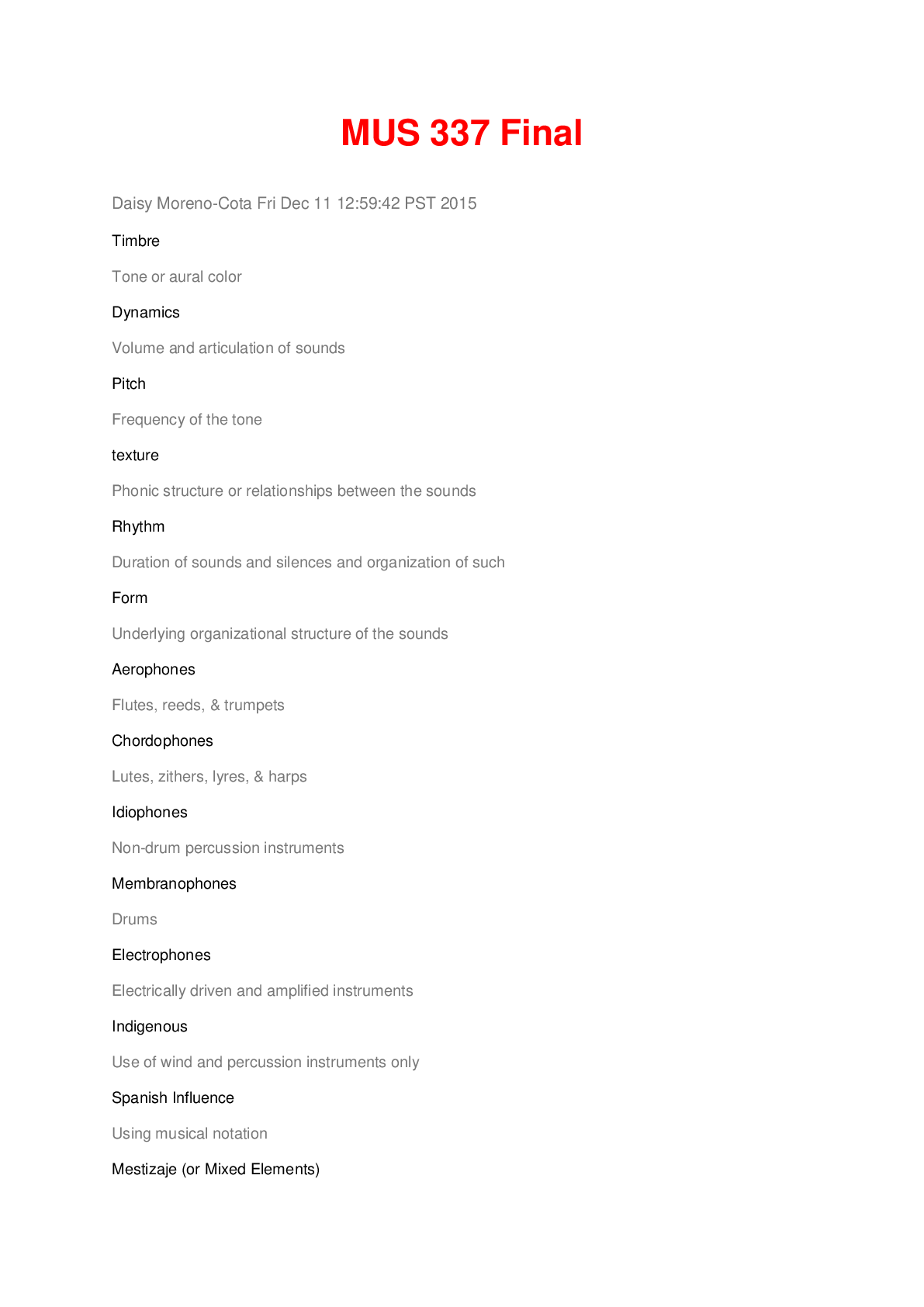




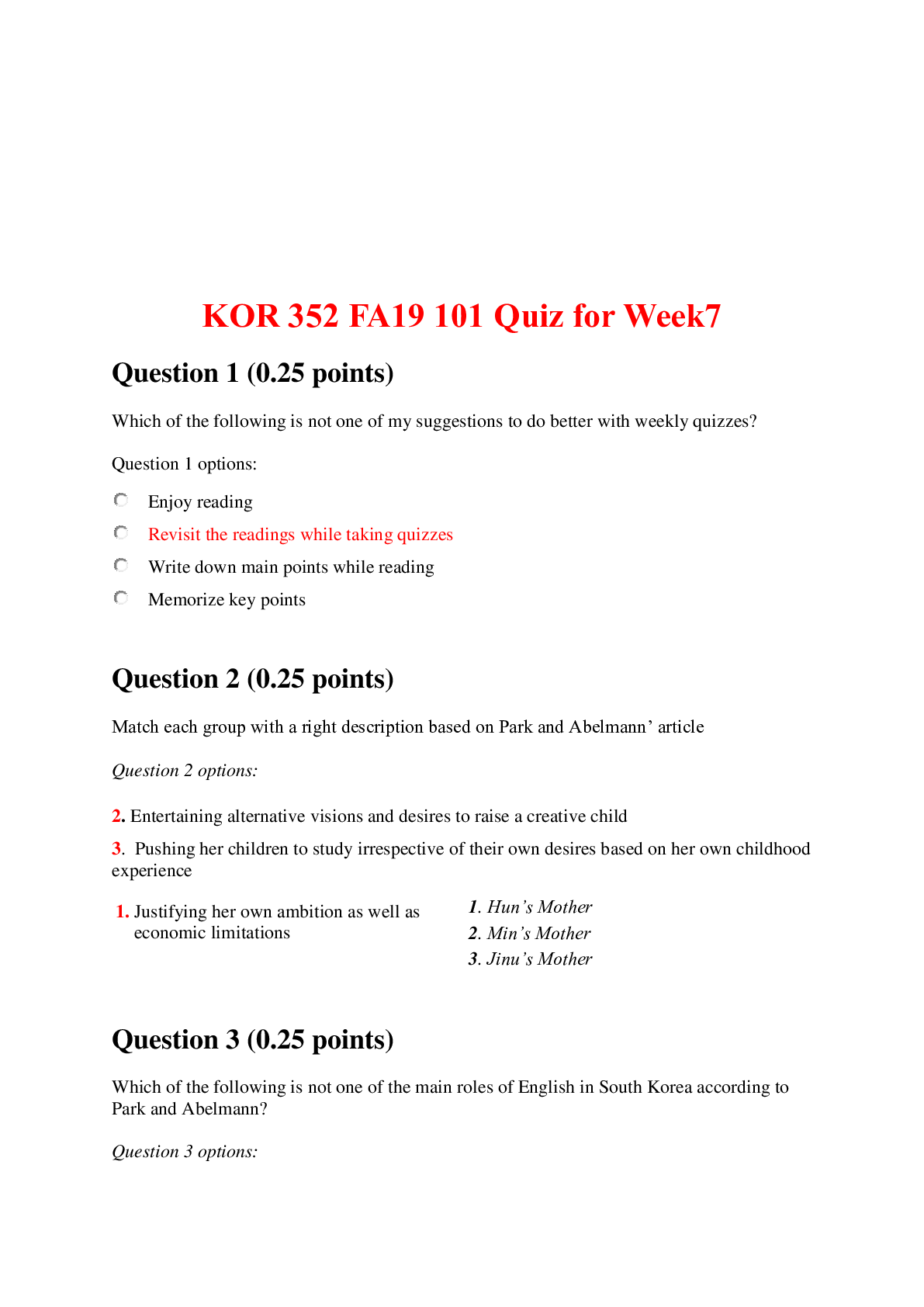


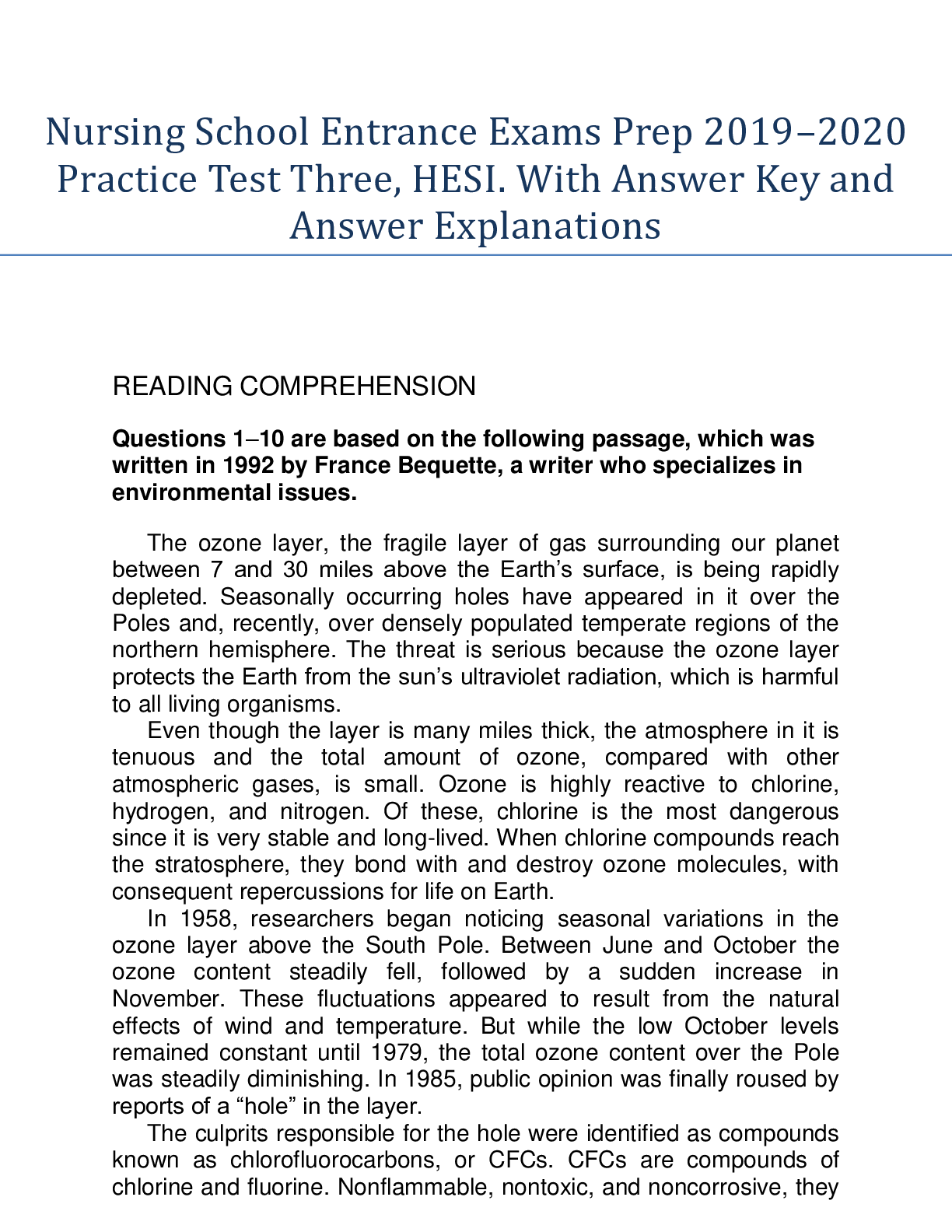
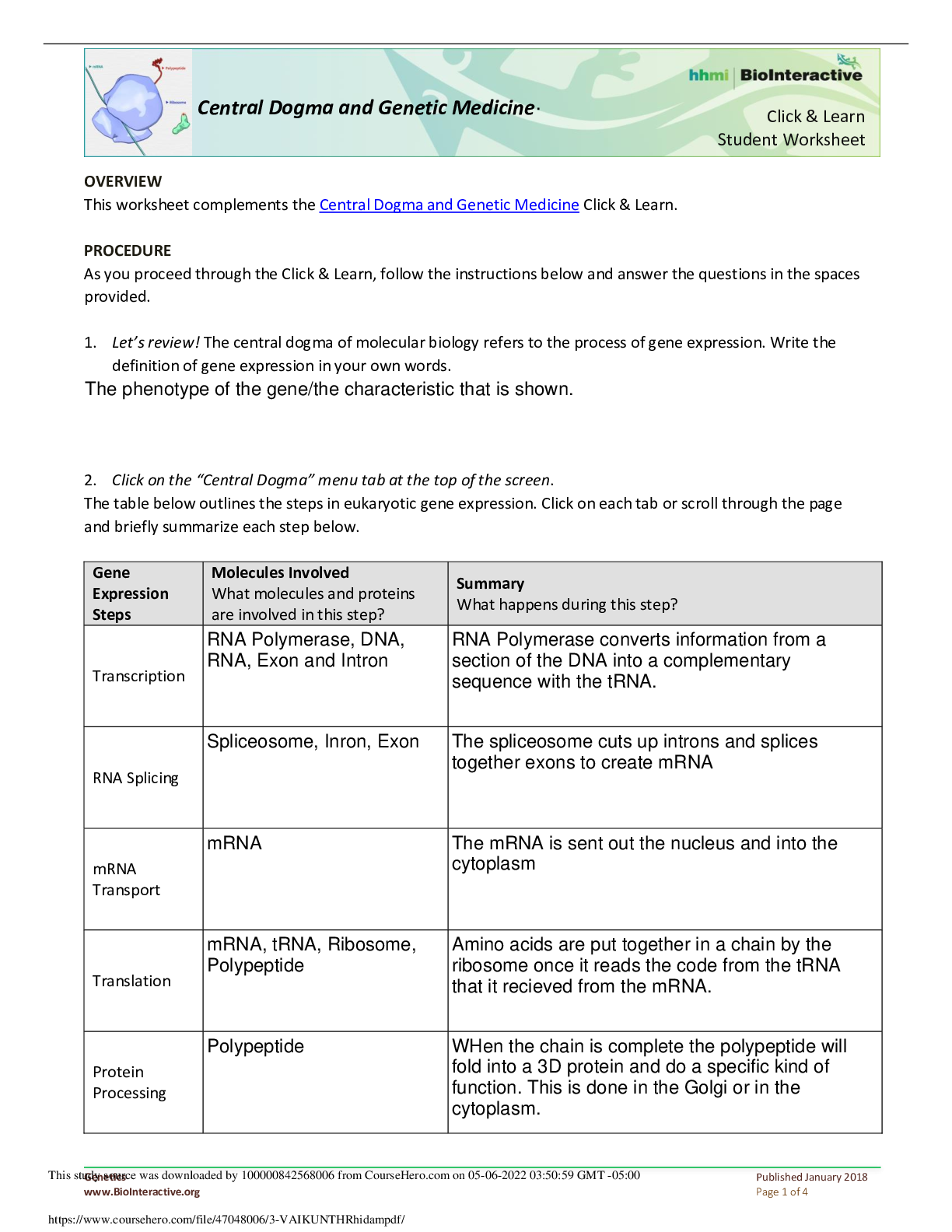

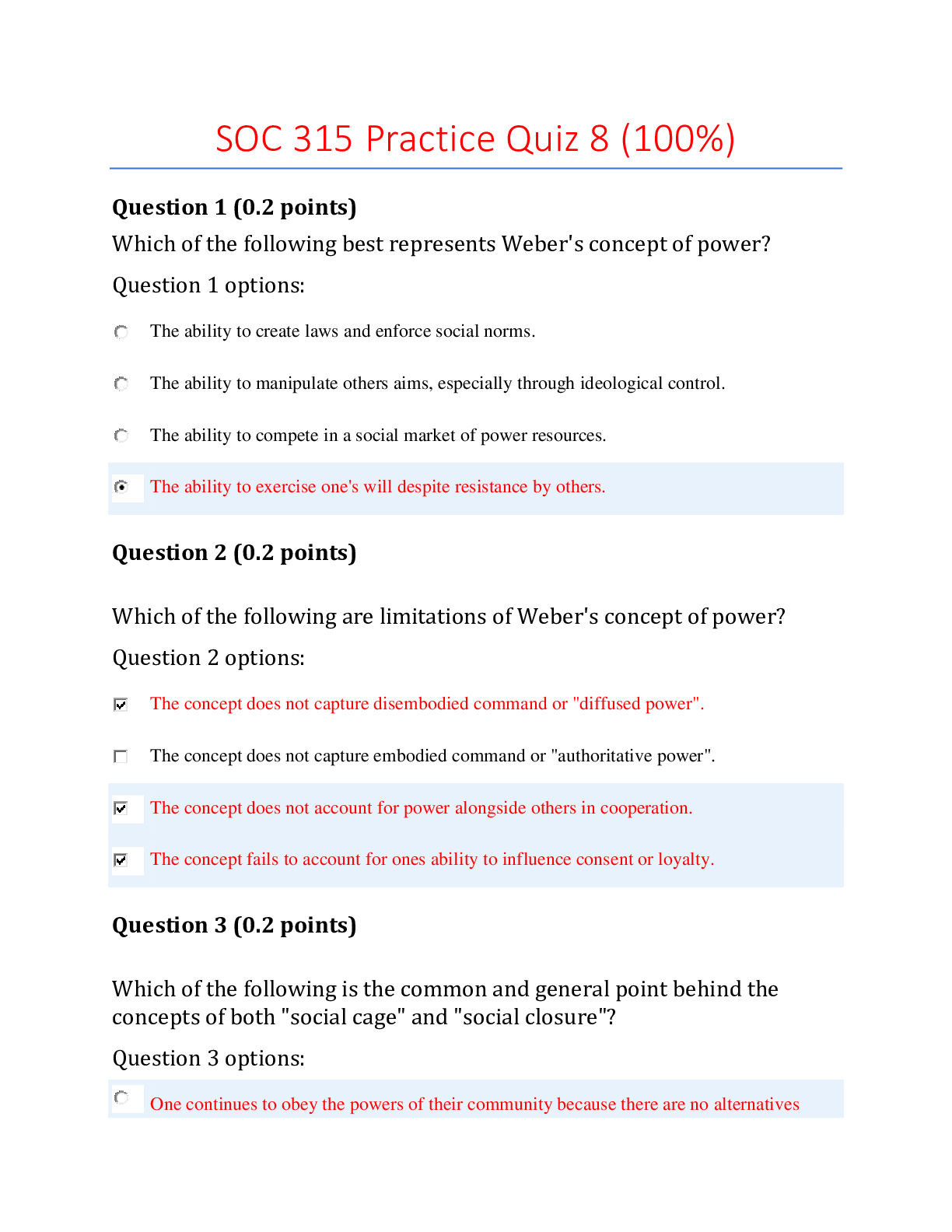
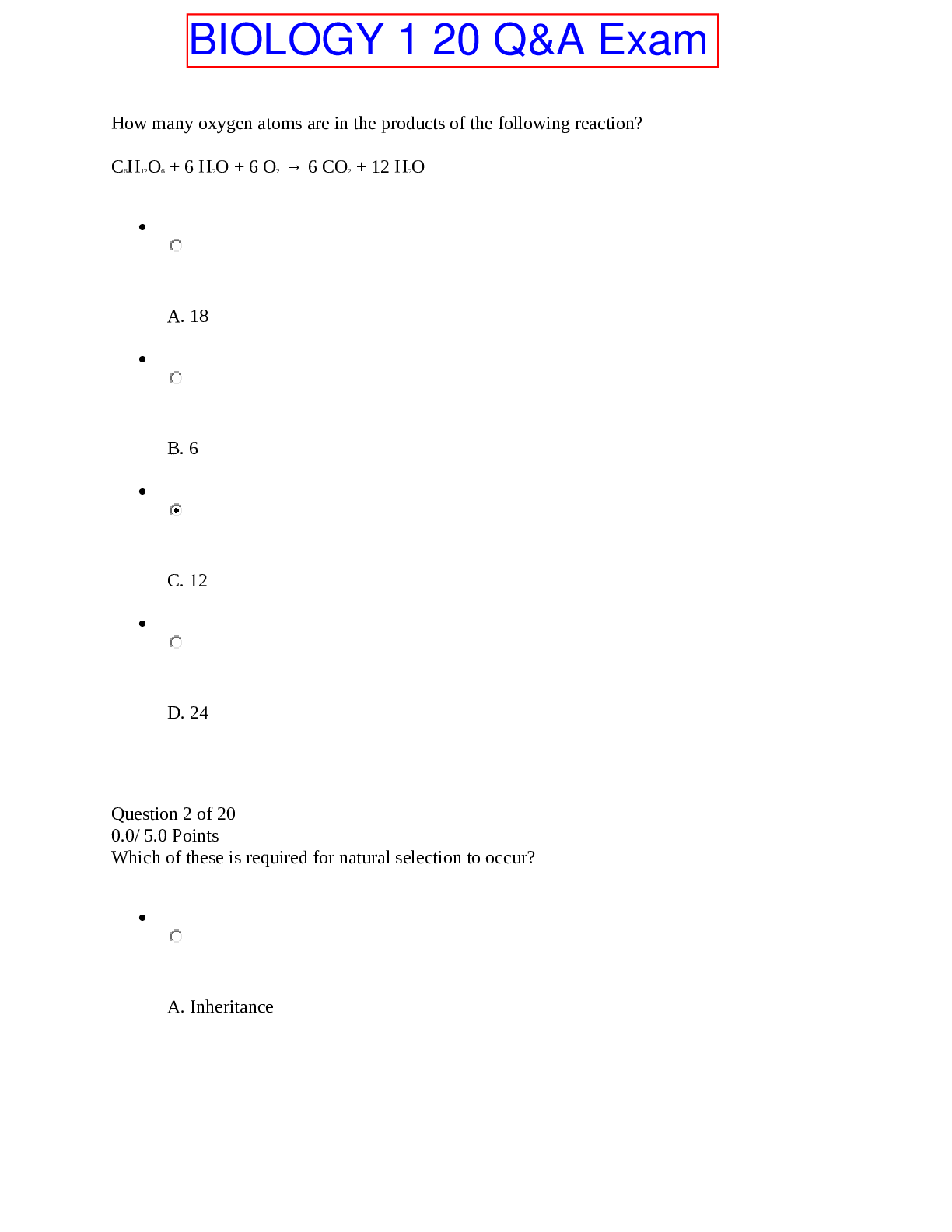
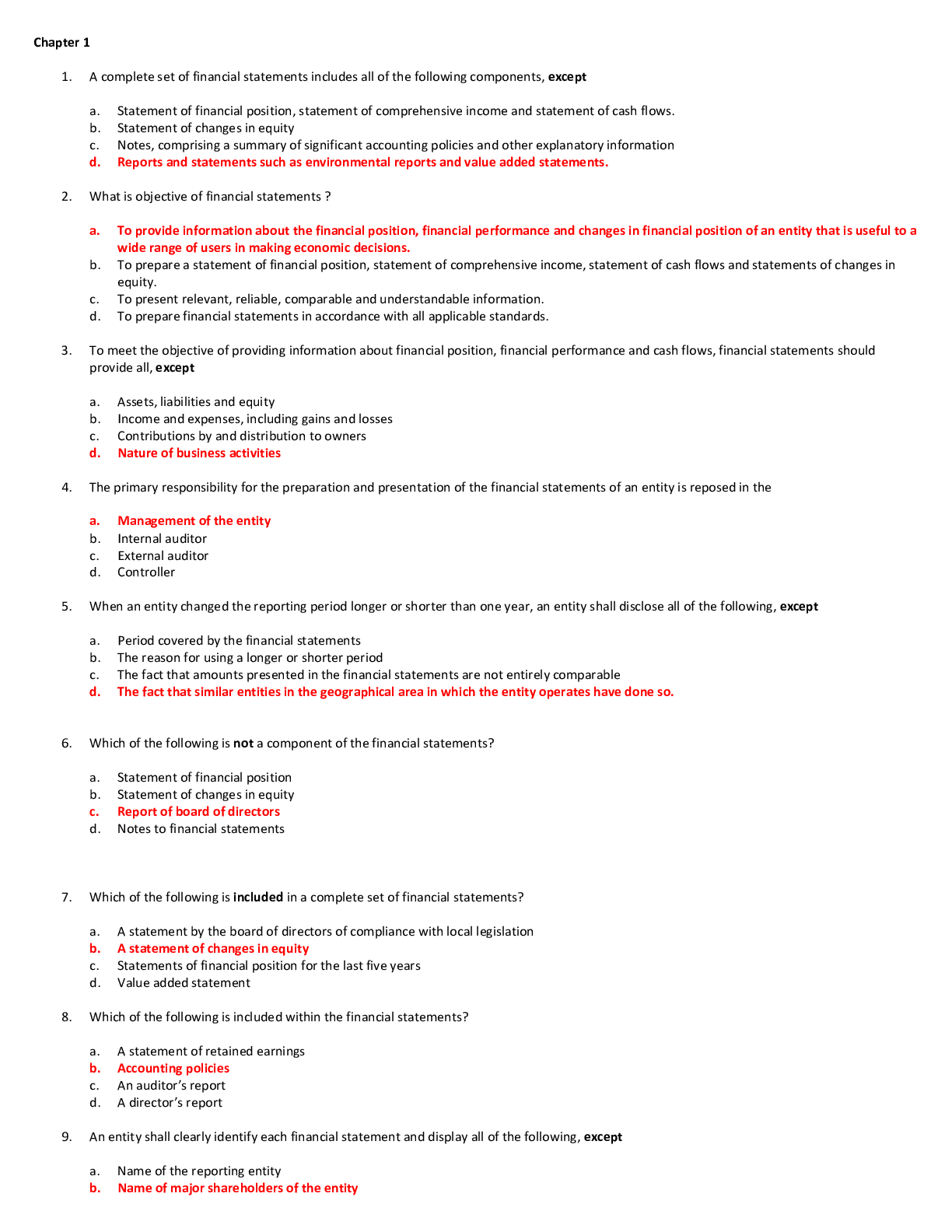
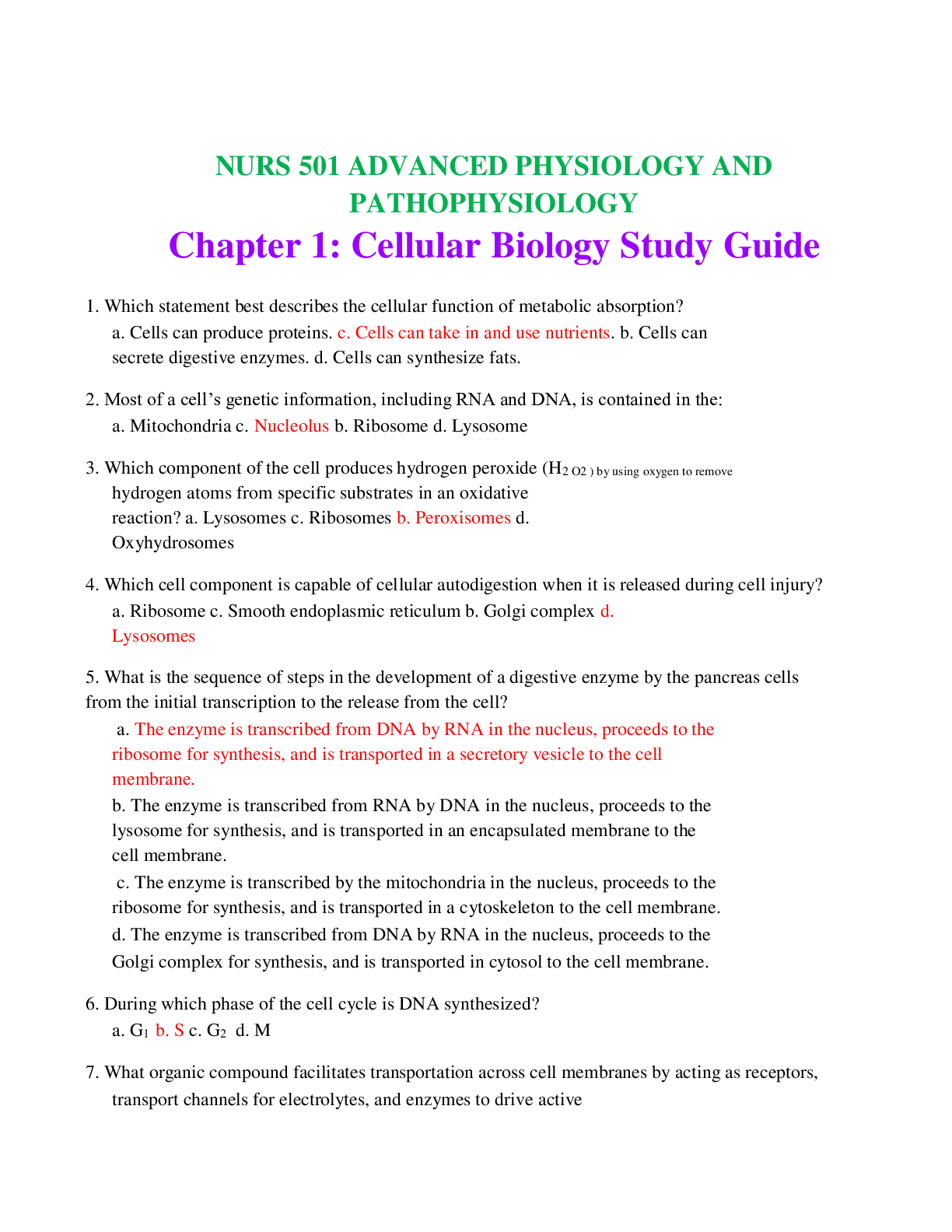
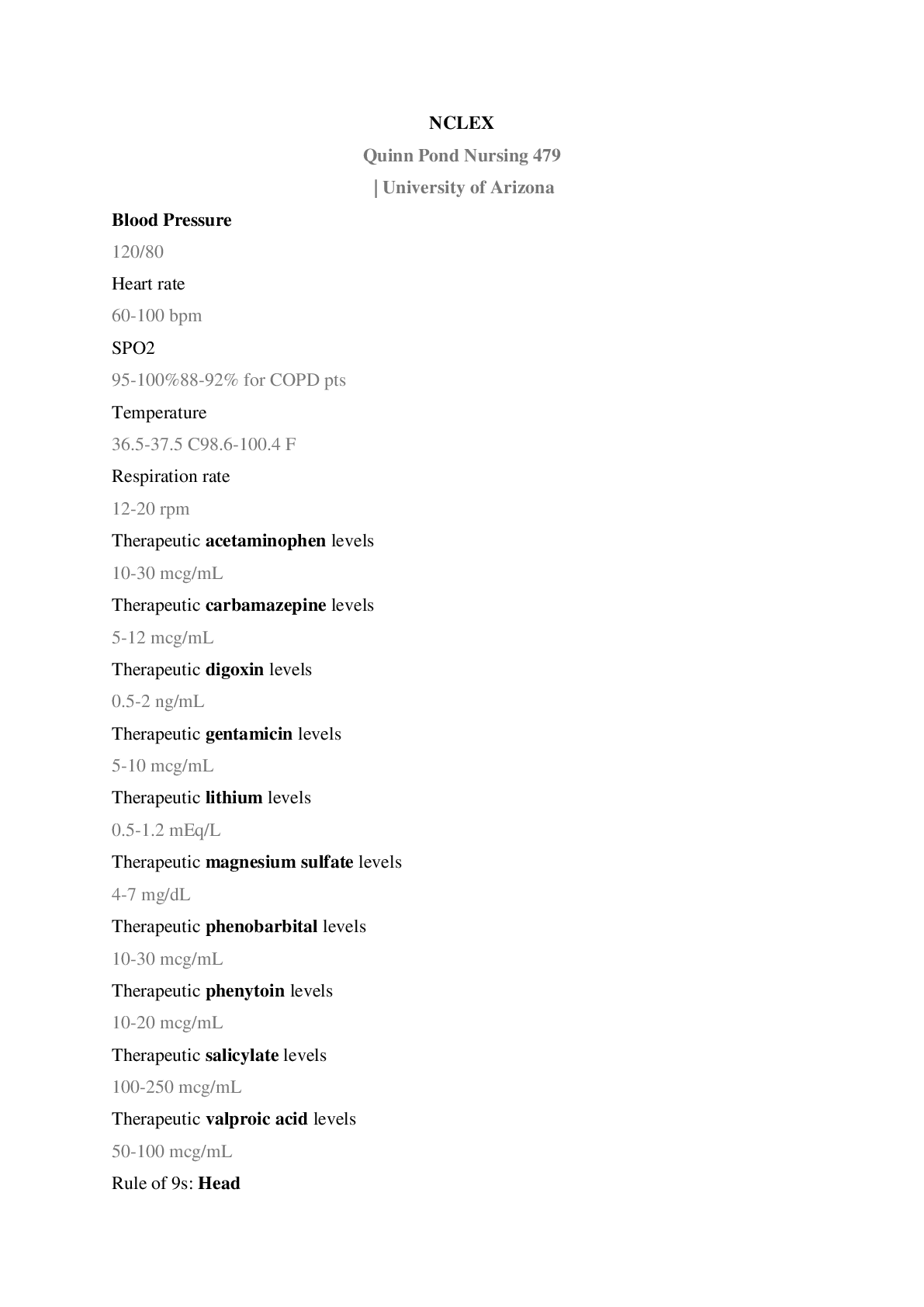
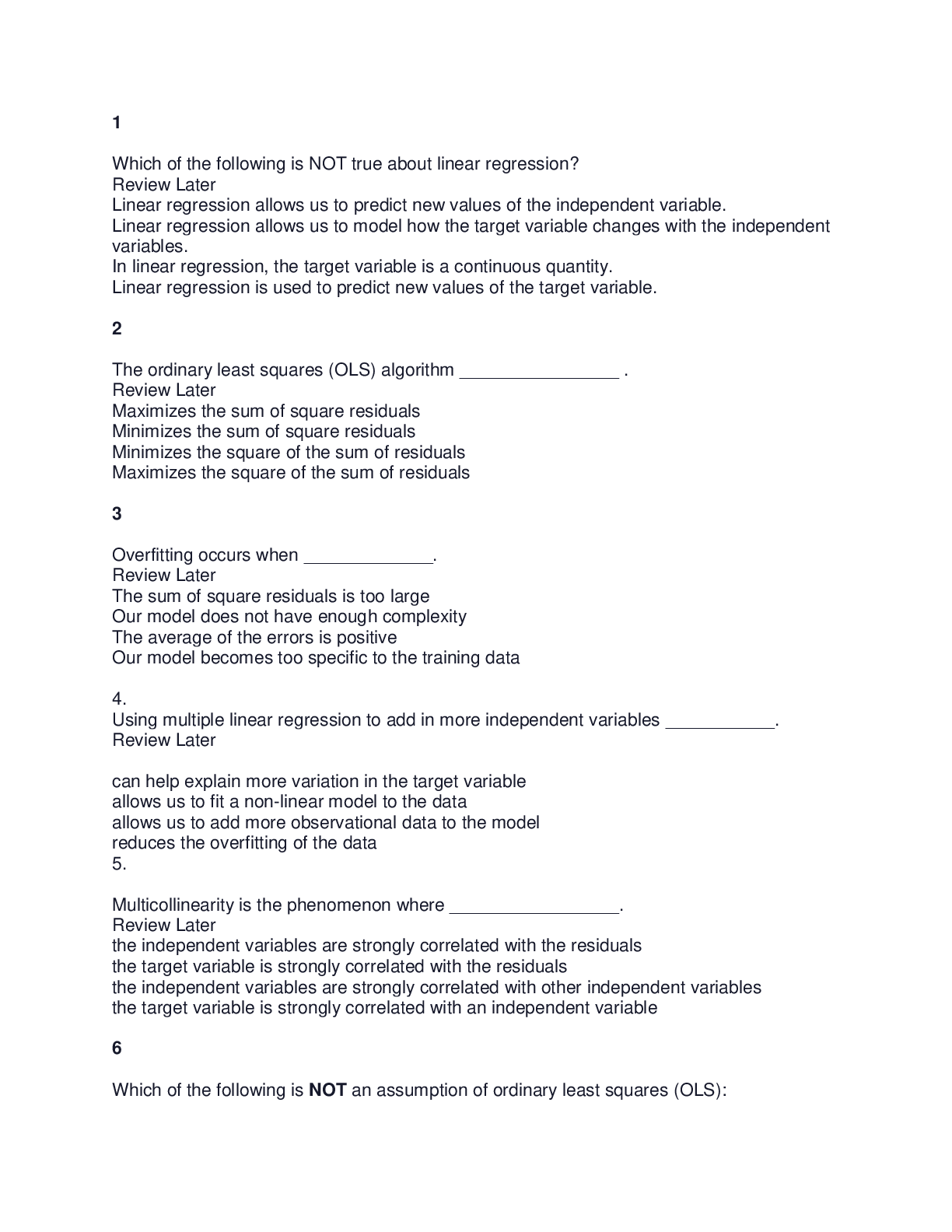

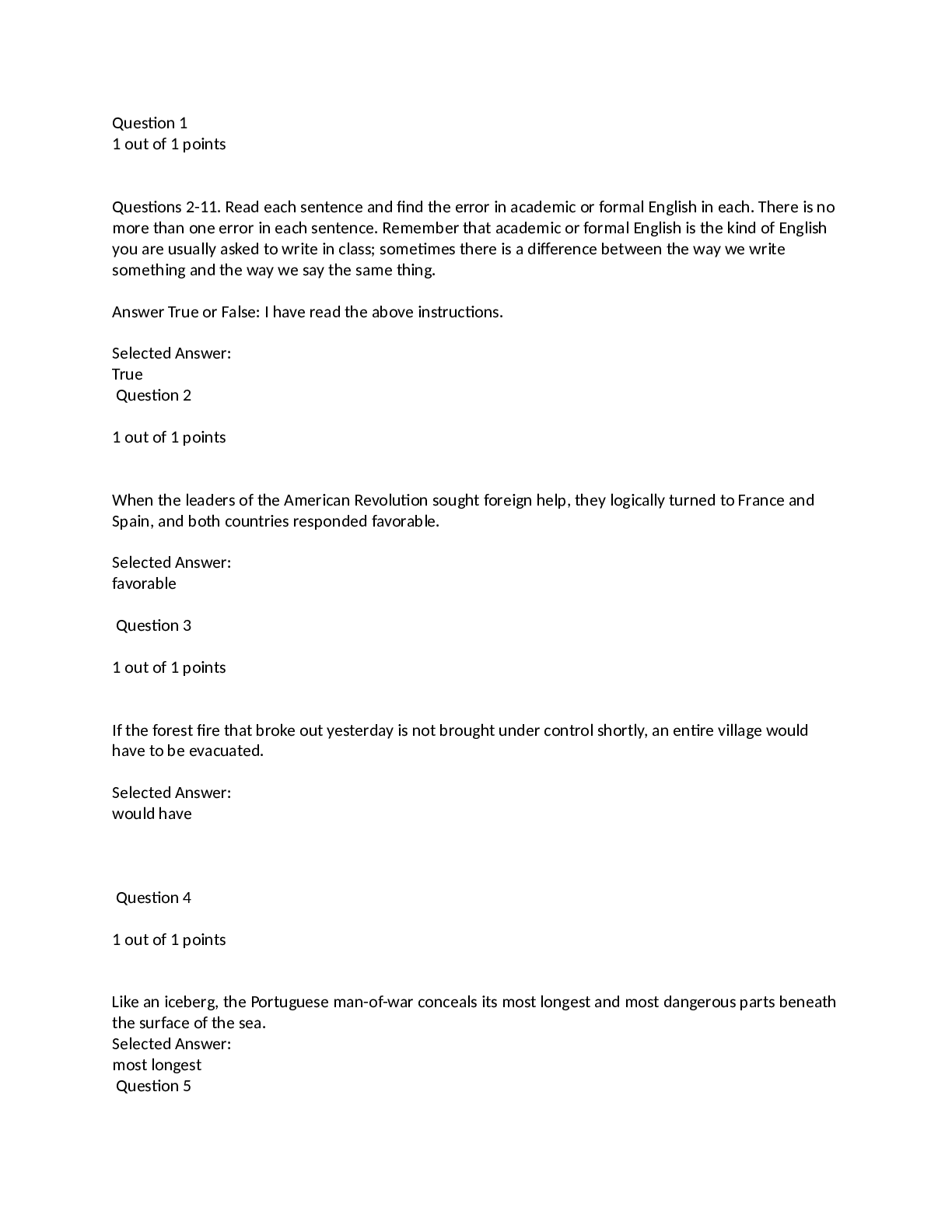
.png)
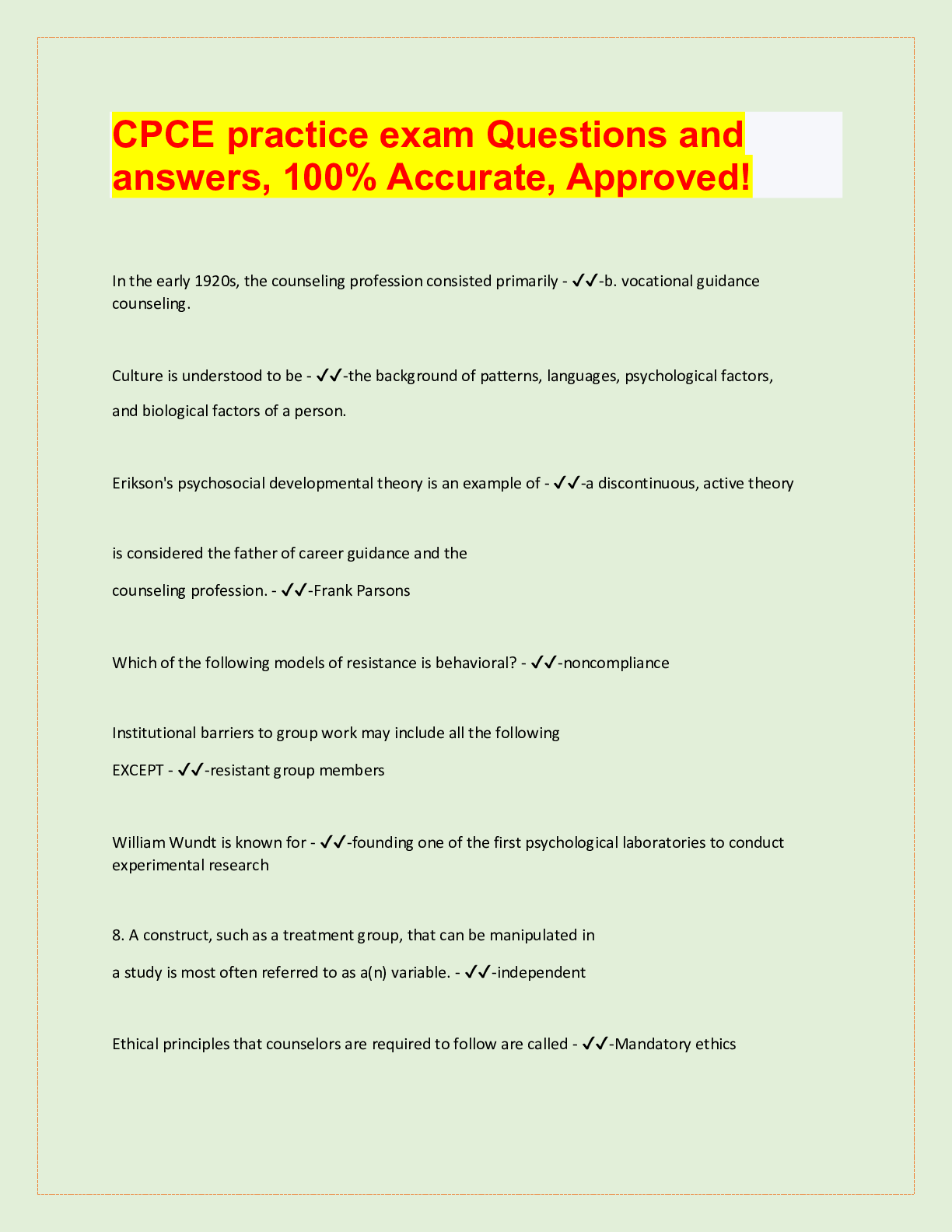
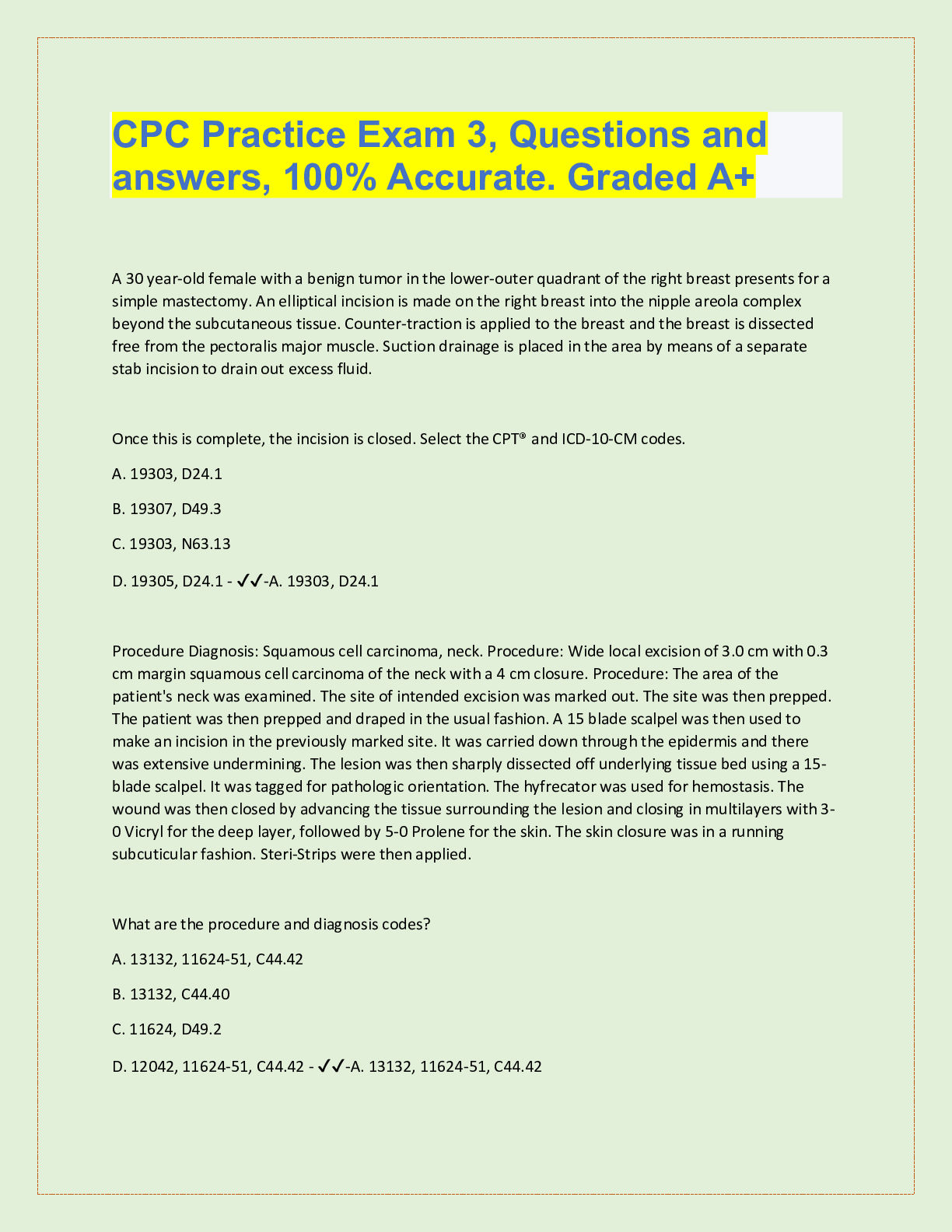
.png)

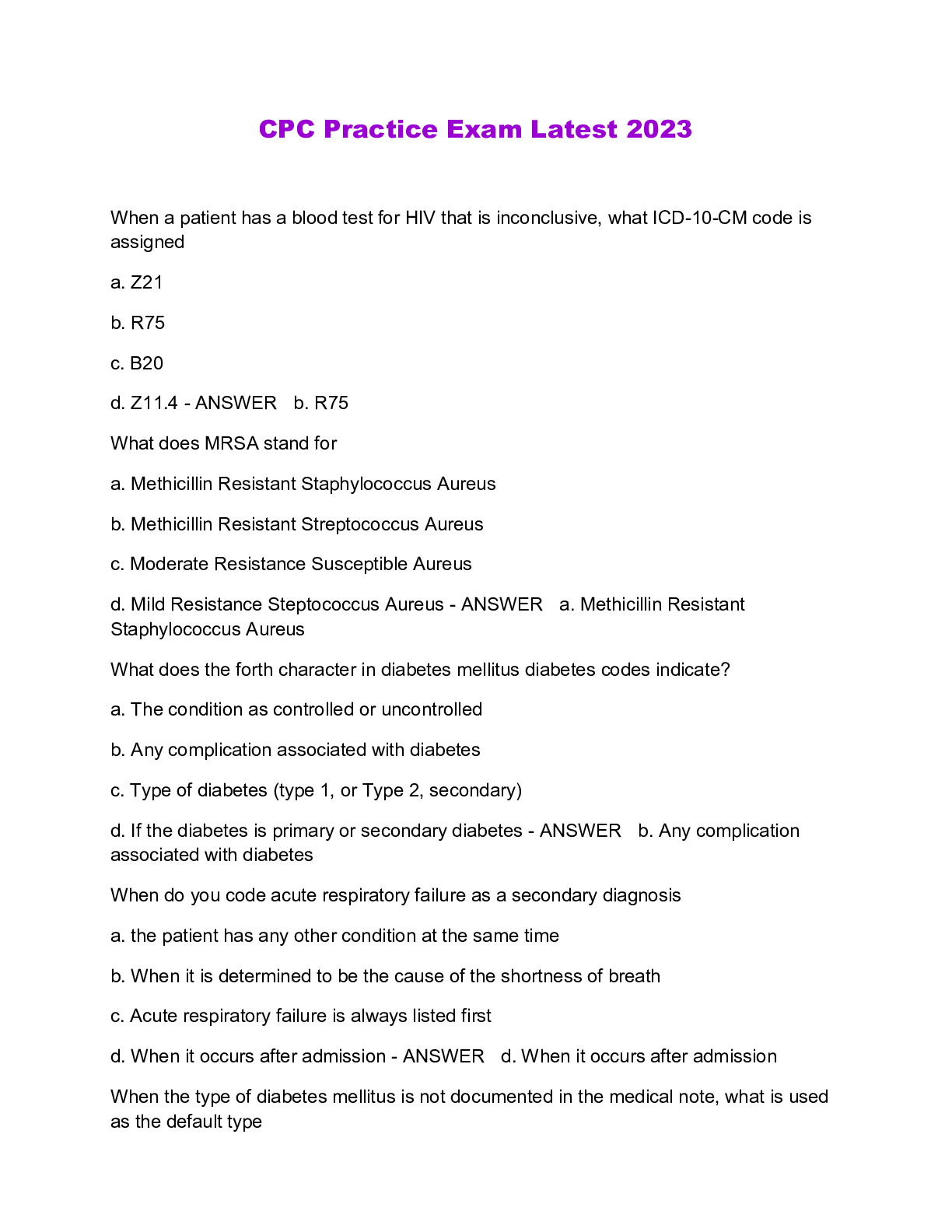
.png)



